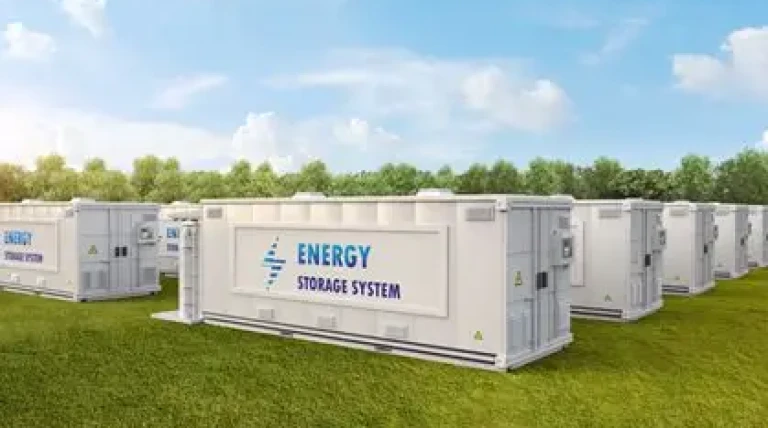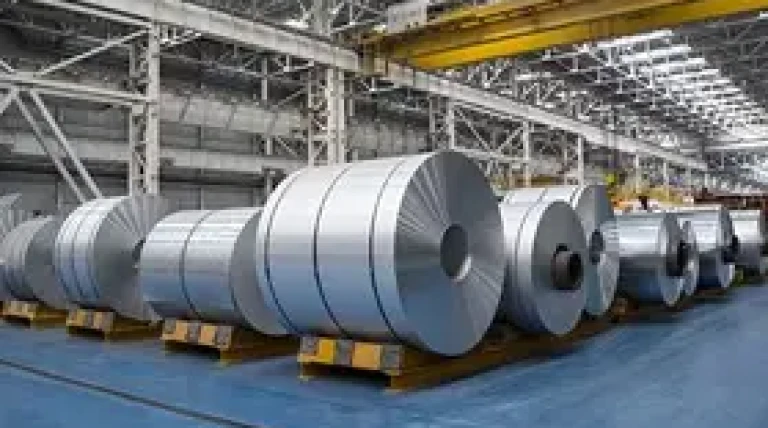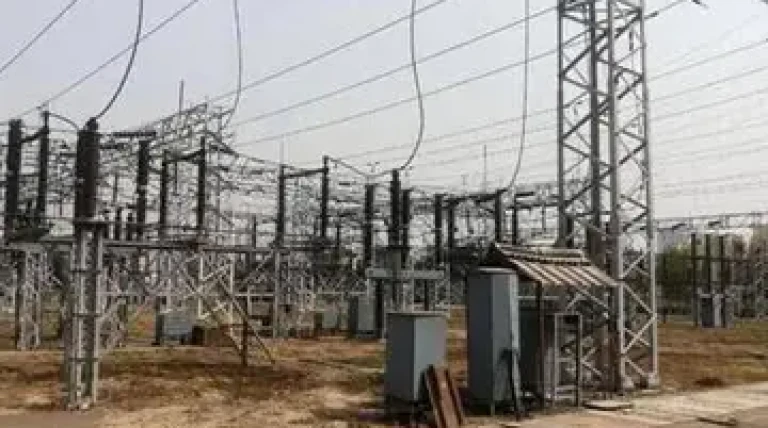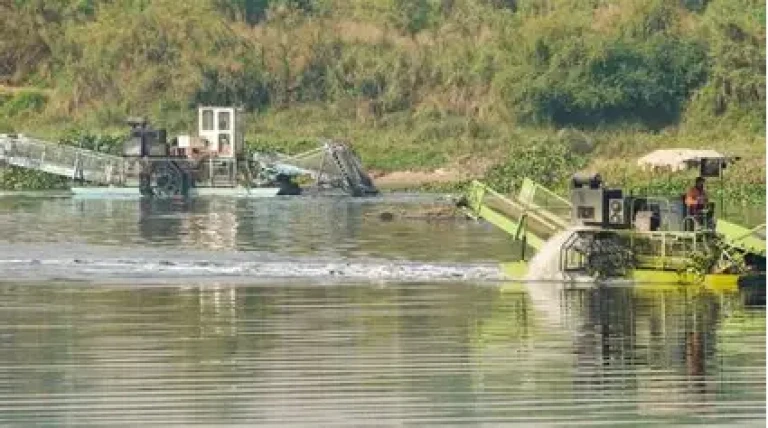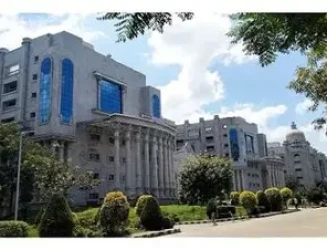India currently has 15,829 MW / 51,106 MWh (approximately 16 GW / 51.11 GWh) of Battery Energy Storage System (BESS) capacity either under construction or in various stages of bidding, Minister of State for Power, Shripad Naik, informed Parliament.
According to the Central Electricity Authority (CEA), India will require 41.6 GW / 208 GWh of BESS capacity by FY2030. Medium-term demand is projected at 37 GWh by FY2027, with long-term estimates reaching 236 GWh by FY2032.
To support this growing requirement, the government launched a Viability Gap Funding (VGF) scheme in September 2023, with an initial allocation of ₹3,760 crore. Originally aimed at supporting 4 GWh of capacity by FY2031, declining battery costs allowed for an upward revision to 13.22 GWh. The assistance is capped at ₹48 lakh per MWh or 30% of the project cost, whichever is lower.
Building on this, a second VGF scheme was approved in June 2025, targeting the development of an additional 30 GWh of BESS capacity, supported by ₹5,400 crore from the Power Sector Development Fund. Of this, 25 GWh will be implemented across 15 states—led by Rajasthan, Gujarat, and Maharashtra—while NTPC will develop the remaining 5 GWh.
These initiatives underscore India’s strategic focus on strengthening energy storage infrastructure to support renewable energy integration and grid reliability.
News by Rahul Yelligetti.
![{[setting('site_name')]}](https://www.projxnews.com/uploads/setting/16983847711140531930.webp)
